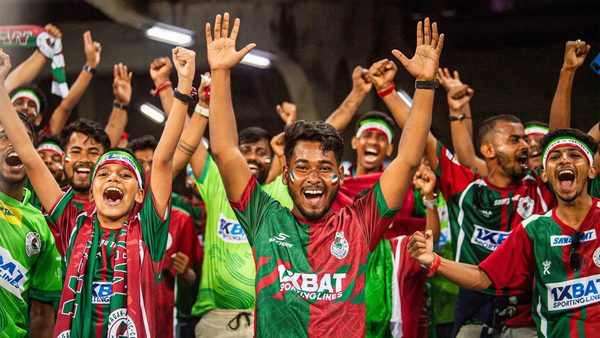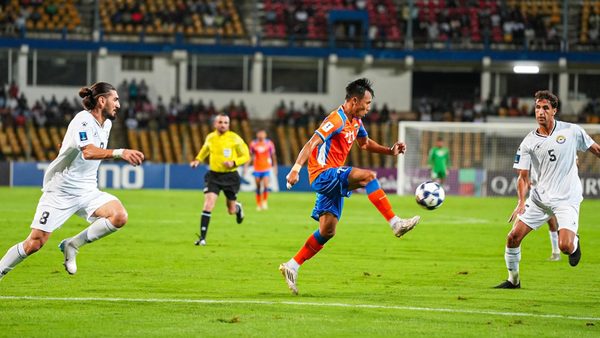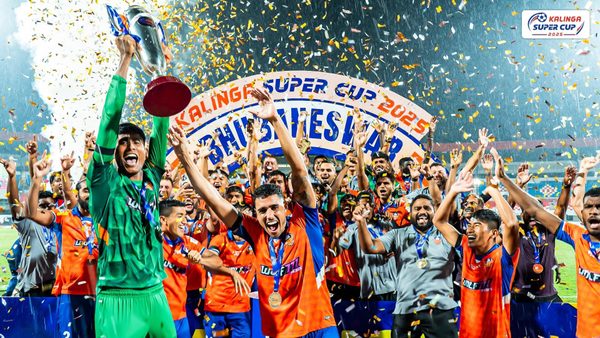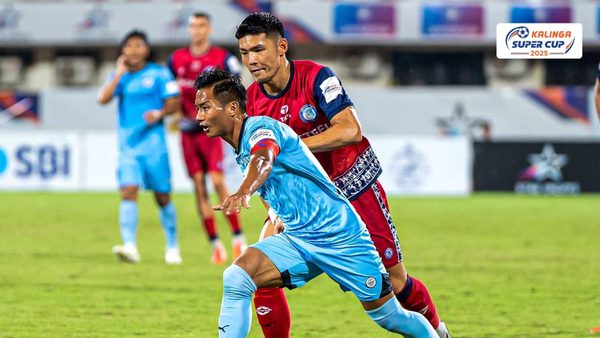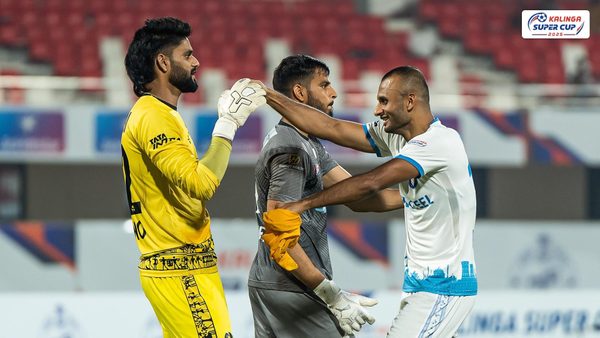Hyderabad FC - reigniting the footballing spark in the City of Nizams
The emergence of Hyderabad FC as the latest club to join the Hero Indian Super League (Hero ISL) fray represents a tectonic shift in the Indian footballing landscape and a promise to revive one of Indian football's powerhouses of the old.
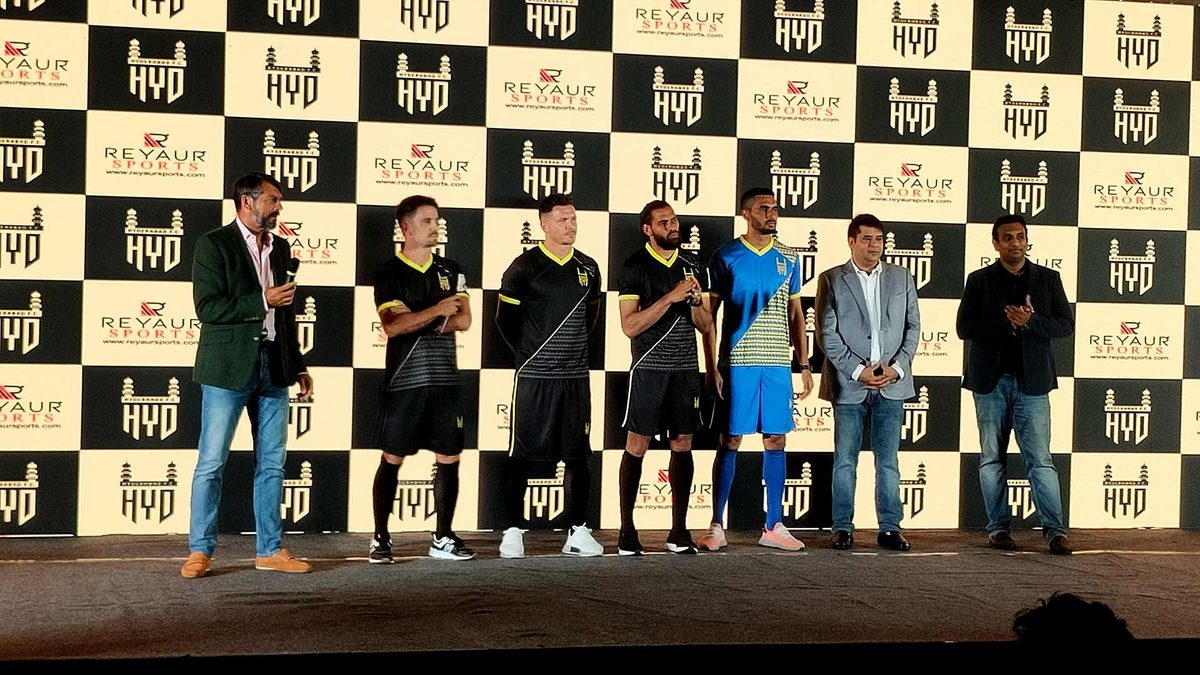
The emergence of Hyderabad FC as the latest club to join the Hero Indian Super League (Hero ISL) fray represents a tectonic shift in the Indian footballing landscape and a promise to revive one of Indian football's powerhouses of the old.
Any discussion about the traditional powerhouses of Indian football tends to throw up names like Kolkata, Goa, the North East, Kerala, etc, but one name which is often overlooked is Hyderabad. Despite the city being the cradle for some of the most notable sportspersons to come out of India in recent years, like VVS Laxman, Sania Mirza, P.V. Sindhu, Saina Nehwal, and several others, the proverbial City of Nizams have had very little to offer on the footballing front in the recent past. However, that has not always been the case.
Hyderabad’s golden footballing past
Hyderabad reserves for itself a very special place in Indian football history and was the nucleus for Indian football's much-renowned Golden era from the 1950s to 1970s. The beautiful game strengthened its roots in the lion city in the 1920s and took little time to settle into the hearts and minds of the people of the iconic city. The Hyderabad Football Association (HFA) was established in 1939 and the formation of several clubs followed. The most notable one was the Hyderabad Police Club, also known as the ‘City Afghans’ - the same moniker as the city's police force in the pre-independence era.
Hyderabad Police Club etched its name into Indian football's history after winning the Ashe Gold Cup final in 1943 against Royal Air Force, a team which reportedly featured England's former cricket and football international, Denis Compton, who also played for Arsenal. Both of Hyderabad Police Club's goal in that 2-1 win were scored by defender Norbert Andrew Fruvall - a man who would later go on to lead the team to win the 1950 Durand Cup, the first edition of the prestigious competition post India's Independence. Over the next few years, the Hyderabad Police Club utterly dominated the Indian football scene. Furthermore, Hyderabad’s educational institutes like the Osmania University and the schools became a hotbed for talented players, creating a steady pipeline for quality footballers in the country.
Home to the 'Architect of modern Indian Football'
Another name closely associated with the Hyderabad Police Club was a man who can easily be considered the most important personality in Indian footballing history - Syed Abdul Rahim or, as he is popularly known, Rahim Saab. Besides being the coach for the club, he was also the coach of the national team from 1950 to 1962 - a period which saw Indian football at its peak in Asia.
#DidYouKnow?
— Hyderabad F.C. (@HydFCOfficial) October 12, 2019
This Indian Football team boasted of 10 #Hyderabadis & was helmed by the legendary Rahim Saab - also from the city. Hyderabad F.C. will be gunning for gold again in this year's Indian Super League.#HyderabadFC #FootballHistory #HEROISL #ISL2019 #Hyderabad pic.twitter.com/TH0wxg08RT
Rahim Saab, who himself played football for Dutch club HSV Hoek, ushered in an era of change in Indian football and led India to win the gold at the Asian Games 1951 in New Delhi. Under his guidance, India finished 4th in the 1956 Melbourne Olympics and won the gold again in the 1962 Asian Games in Jakarta. In essence, Rahim Saab almost single-handedly engineer three of Indian football's greatest achievements on the international stage. During the period, Rahim Saab nurtured and created a brilliant team, considered as one of Asia's best at the time, which included legendary names like Chuni Goswami, P.K. Banerjee, Tulsidas Balaram, Peter Thangaraj, Jarnail Singh, Prasanta Sinha, Arun Ghosh, Ram Bahadur, SK Azizuddin, and several others.
Besides the three major laurels, Rahim Saab was also behind several other international triumphs and is often credited for modernizing Indian football on the tactical front. In fact, he is also the one who was reportedly responsible for transitioning the national team from playing barefoot to wearing boots.
While coaching the team during the 1962 Asian Games, he was battling cancer and poor health forced him to step down as India coach two months after the final against South Korea. Rahim Saab passed away a year later.
Footballing icons from Hyderabad
Rahim Saab's era saw some iconic footballers emerge from Hyderabad, with Peter Thangaraj, Noor Mohammed, SK Azizuddin and T Balaraman representing some of the most notable names. Even after his era, the footballing culture he left behind led to the emergence of several high-profile players like Syed Naeemuddin, Mohammad Habib, Mohammad Akbar, Shabbir Ali, etc, from Hyderabad, who dominated the Indian football scene in the 1970s and 80s.
Hyderabad's sheen in Indian football gradually began to wane from the late 80s and slowly began to taper off. The inherent love for the beautiful game, however, continued to thrive in the background, ready for another spark to wake up the slumbering giants. It's to be noted that Sunil Chhetri, despite spending his formative years in Delhi, Kolkata and Chandigarh, was in fact born in Secundrabad, an urban neighbourhood near Hyderabad.
Hey @chetrisunil11.....now there's ISL team from your city!!
— Sasank (@SasankGanesh) September 21, 2019
Really excited💛😍💛#HyderabadFC #Hyderabad #BackTheBlue https:/t.co/hxBw49btaQ
A new era beckons
While Hyderabad's past attests to its inherent potential to become a nursery for the growth of Indian football, the future holds the promise to achieve the same. With Hyderabad FC's introduction to the Hero ISL, the city of Hyderabad will have a new team to cheer for in the highest level of Indian football, which is certain to rekindle the historic city's love affair with the beautiful game. With the Hyderabad FC project also encompassing major stress on grassroots development and infrastructure, expect the dormant powerhouse to spring to life in a big way in the coming years.















